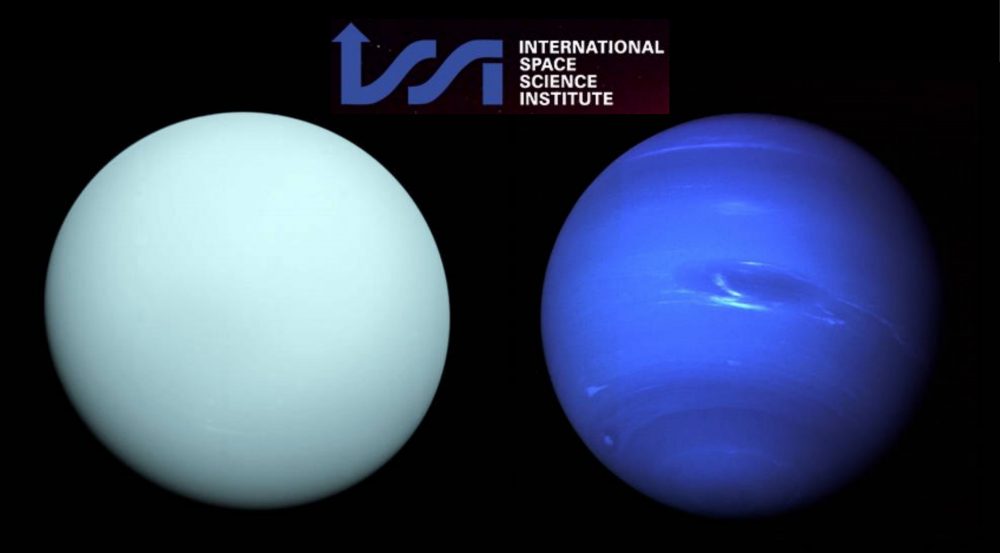Effect of non-adiabatic thermal profiles on the inferred compositions of Uranus and Neptune. Morris Podolak, Ravit Helled and Gerald Schubert. https://ui.adsabs.harvard.edu/abs/2019MNRAS.487.2653P/abstract
Viscosity and Prandtl Number of Warm Dense Water as in Ice Giant Planets. Martin French and Nadine Nettelmann. https://ui.adsabs.harvard.edu/abs/2019ApJ…881…81F/abstract
How planets grow by pebble accretion II: Analytical calculations on the evolution of polluted envelopes. M. G. Brouwers and C. W. Ormel. https://ui.adsabs.harvard.edu/abs/2019arXiv190802742B/abstract
Explaining the low luminosity of Uranus: a self-consistent thermal and structural evolution. Allona Vazan and Ravit Helled. https://ui.adsabs.harvard.ed/abs/2020A%26A…633A..50V/abstract
Thermal evolution of Uranus and Neptune I. Adibatic Models. L. Scheibe, N. Nettelmann, R. Redmer. 10.1051/0004-6361/201936378
Uranus and Neptune: Origin, Evolution and Internal Structure. Ravit Helled, Nadine Nettelmann, Tristan Guillot. 10.1007/s11214-020-00660-3
Thermodynamically Governed Interior Models of Uranus and Neptune. Elizabeth Bailey, David J. Stevenson. https://arxiv.org/abs/2012.04166
Giant planet formation at the pressure maxima of protoplanetary disks II. A hybrid accretion scenario. , , , and 10.1051/0004-6361/202038458
Most super-Earths formed by dry pebble accretion are less massive than 5 Earth masses. , , and
The nature of the radius valley. Hints from formation and evolution models. , , , and 10.1051/0004-6361/202039141
